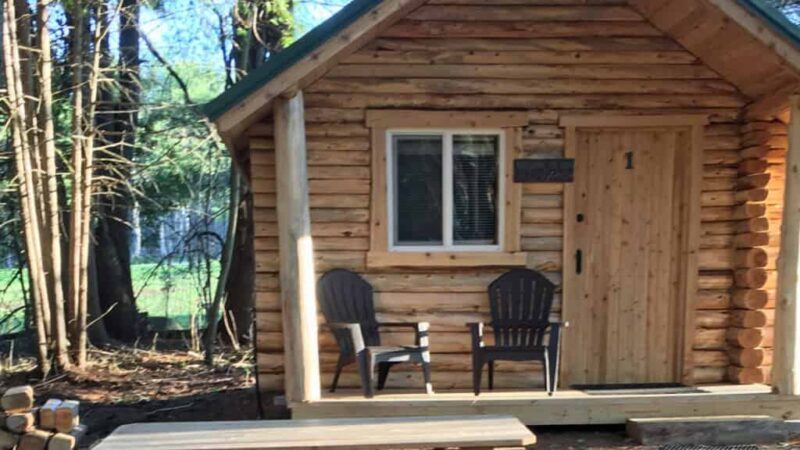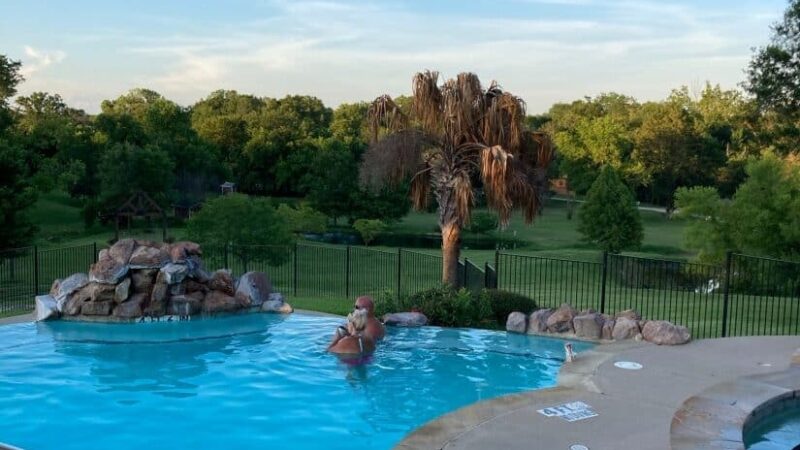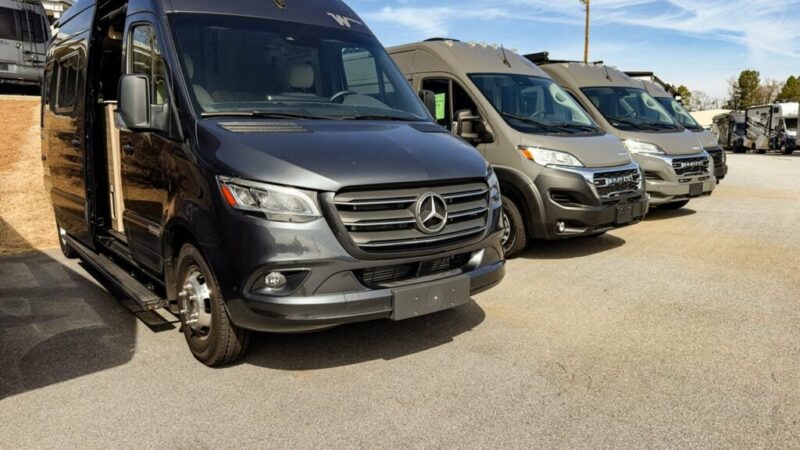How to Keep Repair Costs Low While RVing Full-Time
Full-time RV living can be a great way to save money. That said, you do have to go in with a plan if you want it to be a budget-friendly lifestyle. One aspect of that plan needs to be a way to keep repair costs low. This is because RVs are really not made for full-time use, meaning there is almost always some sort of issue that needs fixing.
We figured out early on that paying for someone to come in and fix every single problem with our rig was going to break the bank pretty quickly. This is when we developed a plan for keeping repair costs low, even while living in our RV full-time.
Stay Ahead with Preventive Maintenance
The first and maybe most important step? Staying on top of RV maintenance. In my experience, this is the single best way to reduce repair costs because it prevents issues before they happen.
Check out your RV owners manual for a comprehensive list of maintenance tasks, and then use a tool such as RV LIFE Maintenance to keep track of those tasks and when they need to be done so you never miss one.
Some maintenance tasks you might expect include:
- Checking and changing engine oil
- Inspecting roof seals and seams
- Cleaning and lubricating slide-outs and awnings
- Flushing water heaters and maintaining water systems
- Testing battery voltage and topping off fluids
- Testing and maintaining brakes
We also make a point of inspecting our tires, brakes, and undercarriage before every single move. This allows us to catch small problems early on before they become bigger, more expensive issues.
Learn Basic DIY Repairs
Learning to make our own repairs is easily the second most important thing we have done to save money on RV repairs. Labor is extremely expensive when it comes to RV repairs, and leaving our RV in the shop for weeks adds to the cost by requiring us to pay for hotel rooms. Learning how to handle minor fixes ourselves has easily saved us thousands of dollars in the ten years we’ve been on the road.
I’ve used YouTube to learn almost everything I know about fixing our RV. YouTube videos are usually extremely detailed, making it easy to follow along. The things I haven’t been able to learn from a video, I have learned with help from fellow RVers. RVing people are extremely helpful and most are happy to jump in and offer a helping hand.
Of course, you’ll need the right tools to make repairs. Keep a toolbox with basic items like screwdrivers, pliers, sealant, a multimeter, spare fuses, hose washers, and duct tape.
Have Backup Plans
Even if you keep up with all maintenance and learn to do all the basic repairs in the world, there will almost certainly come a time when your RV needs some sort of major repair. Having plans in place for these repairs will help you feel more secure and will help make unexpected issues a little less scary:
- Extended warranties or service contracts may help offset major repair costs—especially for newer or more complex rigs. Read the fine print and compare plans before buying so you know what you’re getting into.
- Emergency roadside assistance plans can cover towing, lockouts, and flat tires. Options like Coach-Net and AAA RV are definitely worthwhile. We’ve had Coach-Net for years and it’s saved us on multiple occasions.
- Obviously, good RV insurance coverage is also essential to have in case of natural disaster or vehicle accident. Make sure you choose a plan that covers full-time RVers.
- Finally, there is the option of a savings account. We like to keep an account specifically dedicated to RV repairs. We contribute to it monthly so that when repair costs come up, they don’t hurt us financially.
You could pick and choose from these ideas, of course, but I actually recommend combining all four to create a fool-proof safety net.
Be Tire Smart
I mentioned above that I check out tires every time we move the RV. This is because tire blowouts are extremely dangerous and also very expensive. Checking the tires helps a lot, but there are other things you’ll want to do to reduce the risk of an extremely expensive and dangerous tire blowout.
First, make sure to check tire pressure regularly, especially before long drives. Use a tire pressure monitoring system (TPMS) to make sure your tire pressure stays where it should be as you drive. It’s also important to inspect for cracking, wear, or dry rot before travel and replace tires every 5–7 years, even if they still look good.
Preventing one tire-related breakdown can save thousands in roadside repairs and potential damage.
Stop Water Damage Before it Starts
I mentioned the importance of staying on top of RV maintenance earlier. One of the most important RV maintenance tasks to stay on top of? Sealing all seams. In fact, this task is so important I think it deserves its own section. This is because water is an RV’s worst enemy. Even a small leak can cause structural damage and mold more quickly than you might imagine, and water damage is incredibly expensive and difficult to fix.
In order to keep water damage at bay, inspect roof seams, skylights, and vents every 2–3 months and reseal as needed. It’s also a good idea to use a water pressure regulator when hooking up to campground water sources to avoid blown lines, and you should regularly check under sinks and the underbelly for slow leaks or any signs of moisture.
Trust me when I say the small amount of money and bit of time required to prevent leaks is well worthwhile.
Choose Repair Techs Wisely
Let’s say the need for a big repair crops up and you’re going to have to pay someone to fix something. Where and how you get your RV repaired matters. I highly recommend avoiding dealership service centers if at all possible. These tend to be extremely overpriced and wait times can be ridiculous, especially during spring and summer.
Instead of service centers, look for mobile RV techs and independent shops that will work on RVs. Building a network of fellow RVers via Facebook groups and forums will allow you to get referrals from folks who have been in the same boat as you.
Drive and Travel Smarter
You may not think about it much, but travel causes wear and tear to RVs, and how you travel affects how often you need repairs. Make sure to avoid overloading your RV since excess weight stresses tires, suspension, and brakes, and can cause some serious damages. It’s also important to drive conservatively. Not only will this keep you safer, but smooth braking and gradual acceleration reduce wear on critical systems.
Of course, you will also want to stick to well-maintained roads when you can to minimize damage from rough terrain. This isn’t always possible, but if you have the option, choose the smoother course.
There you have it, everything we do to keep repair costs low while RVing full-time. By using these tips, we’ve traveled thousands upon thousands of miles and have had very few issues when it comes to covering the costs of RV repairs. I’m betting you’ll have similar luck!
The post How to Keep Repair Costs Low While RVing Full-Time appeared first on RV LIFE.
Source: https://rvlife.com/how-to-keep-repair-costs-low-while-rving-full-time/





